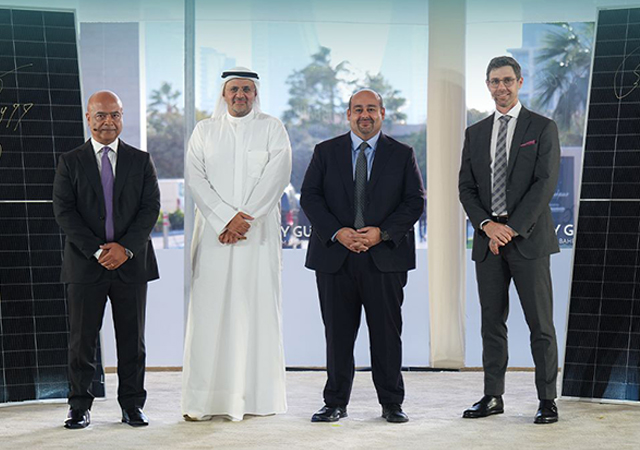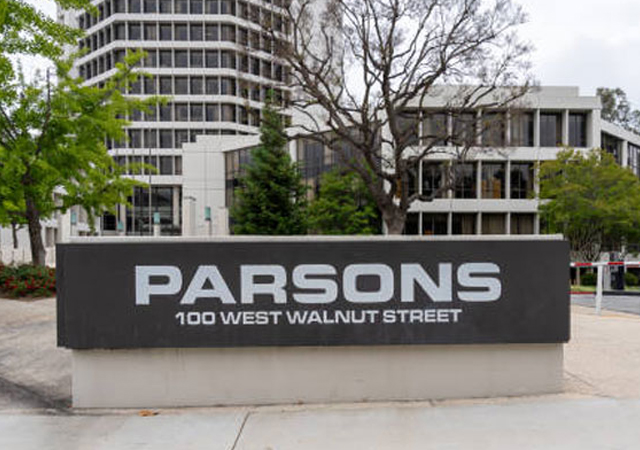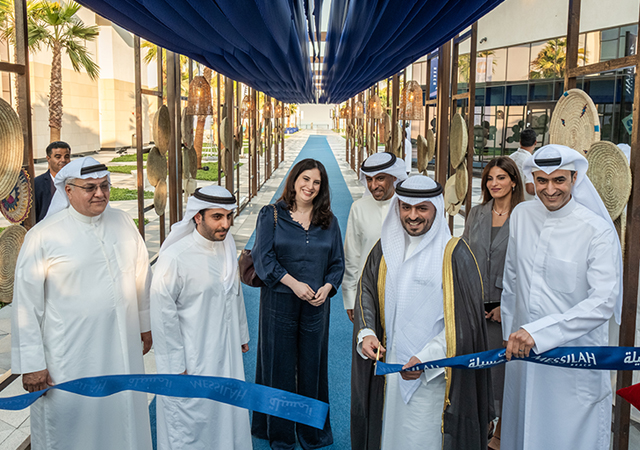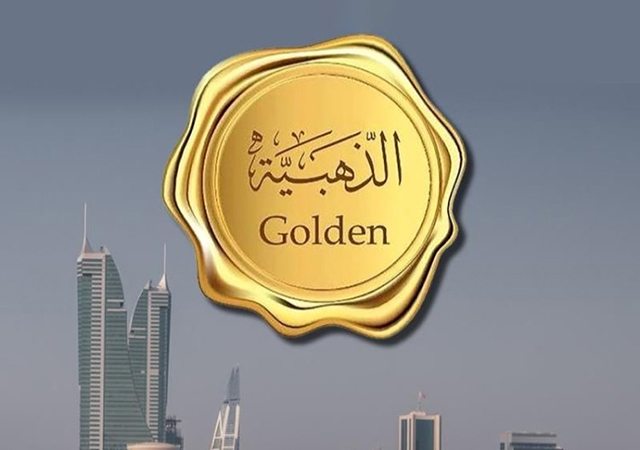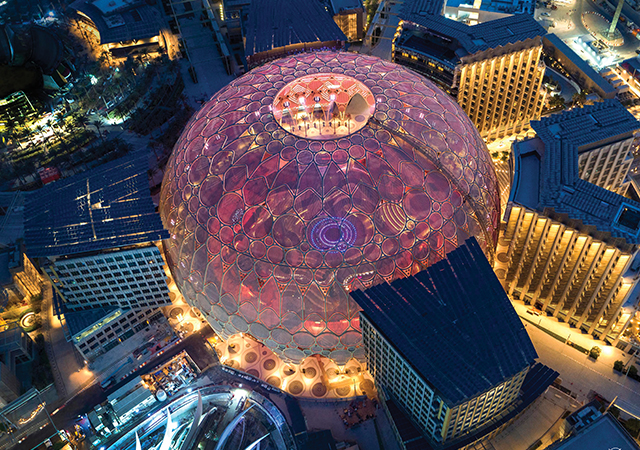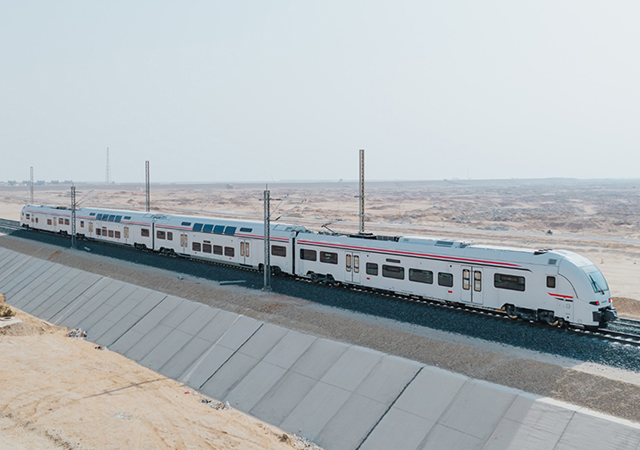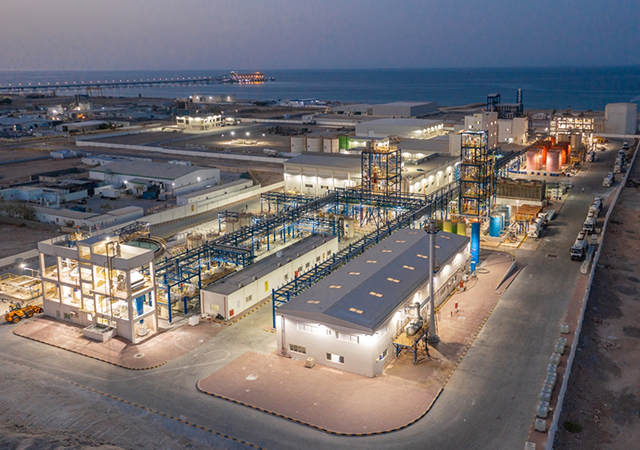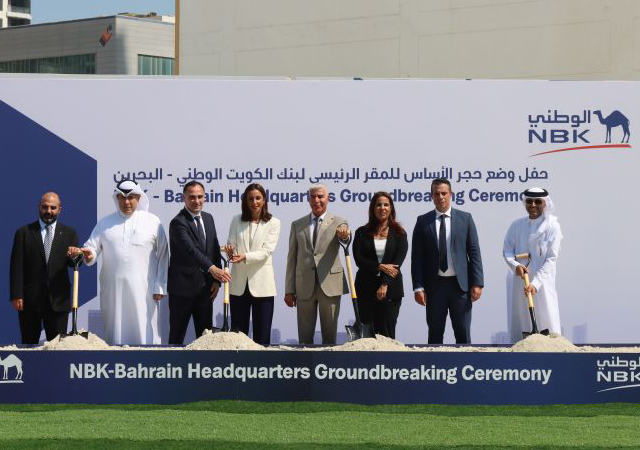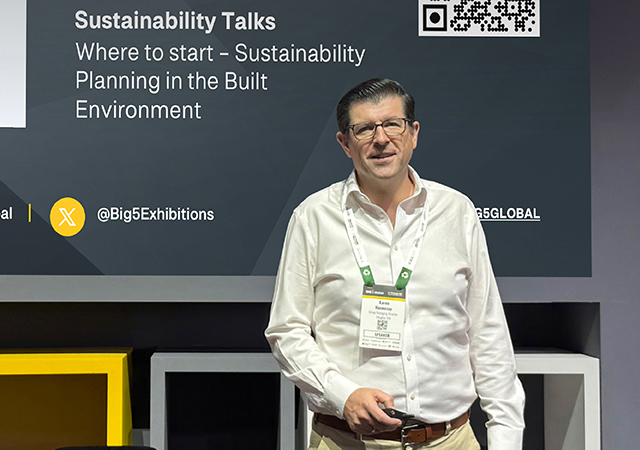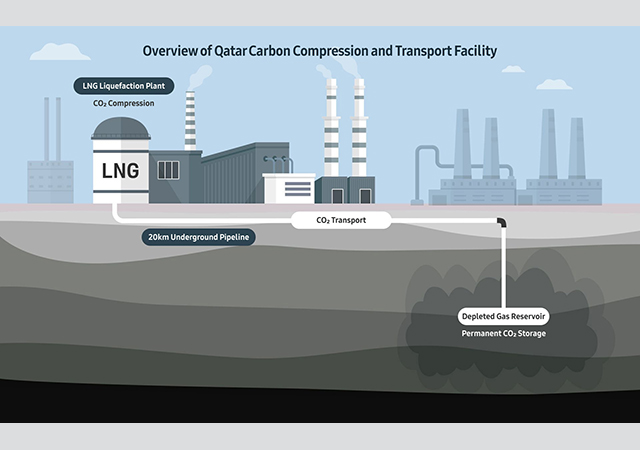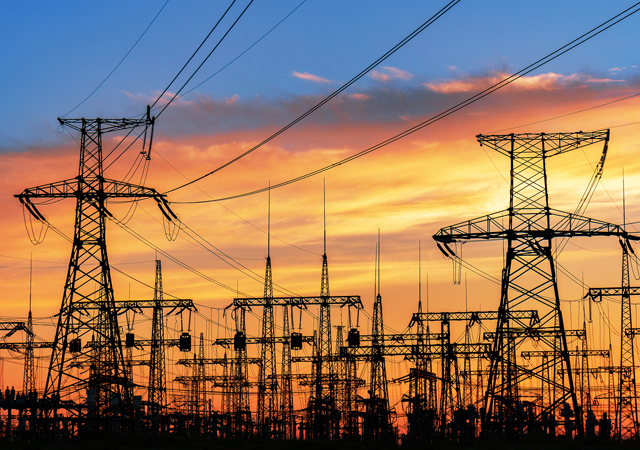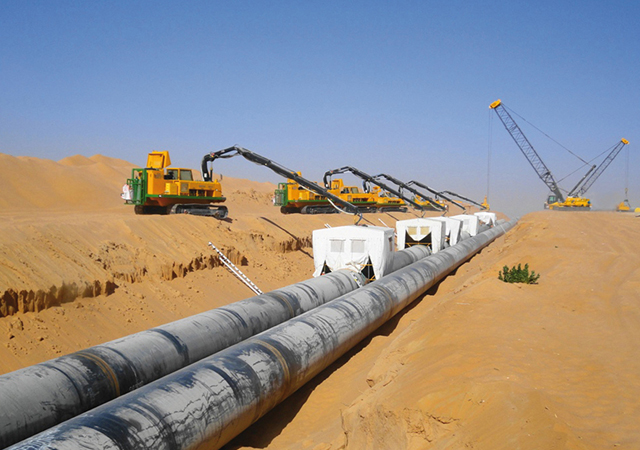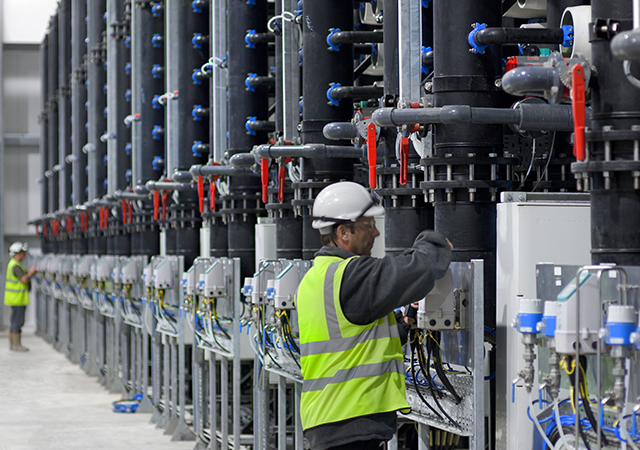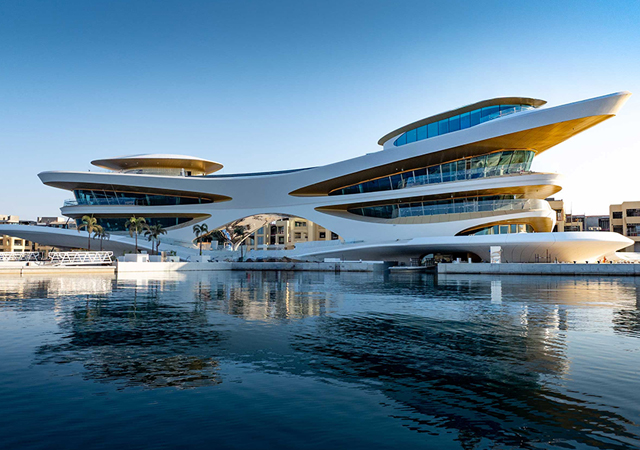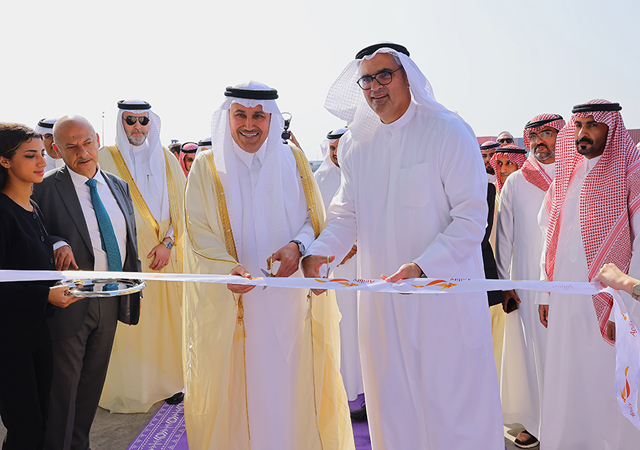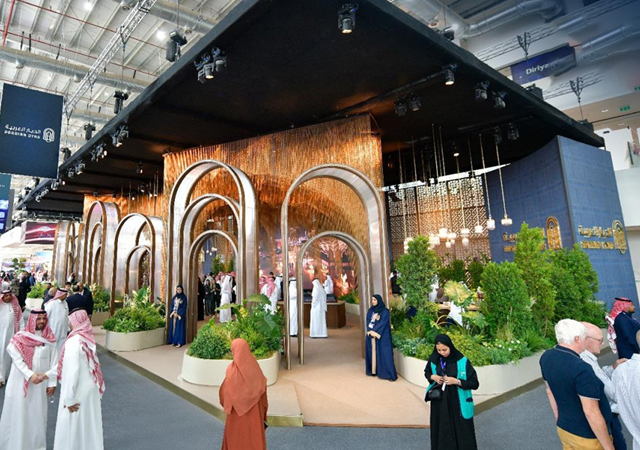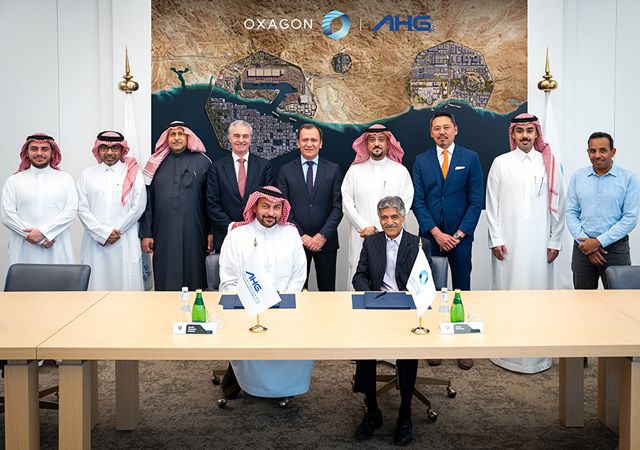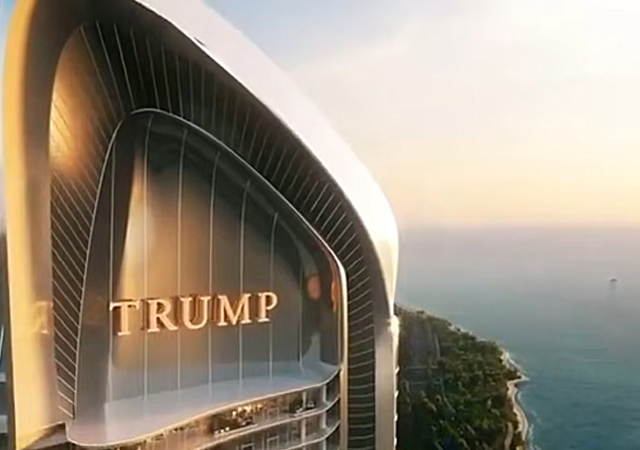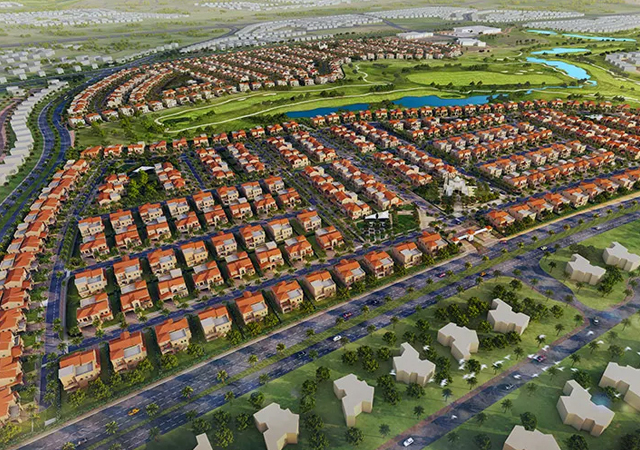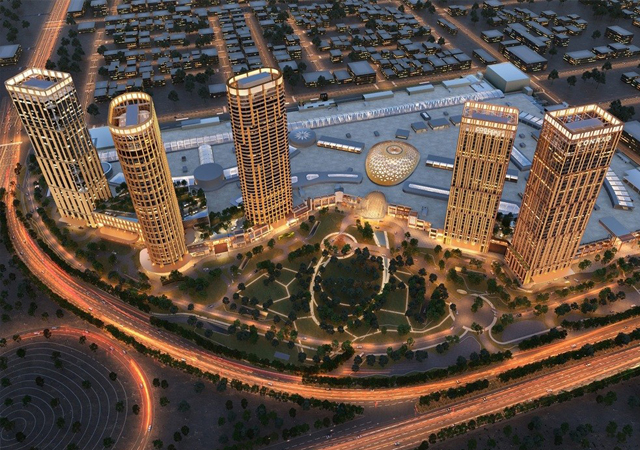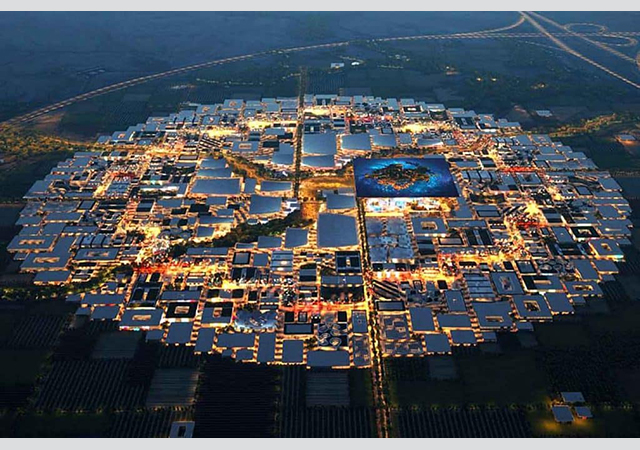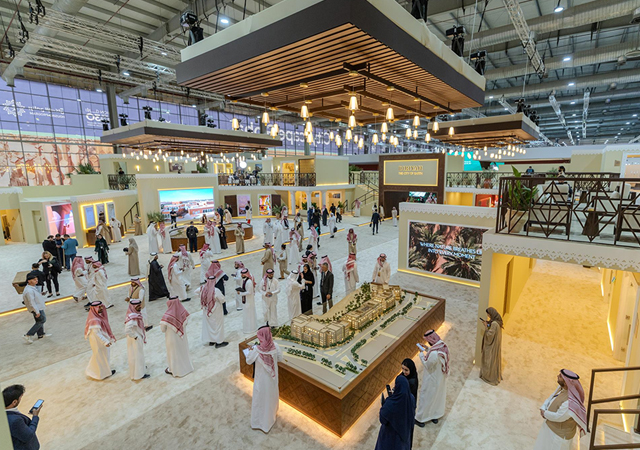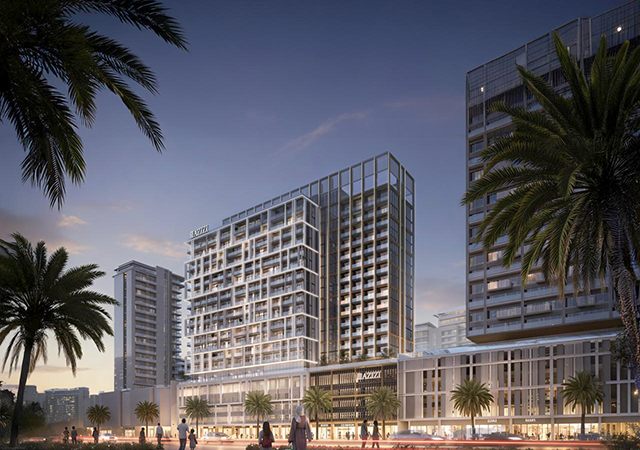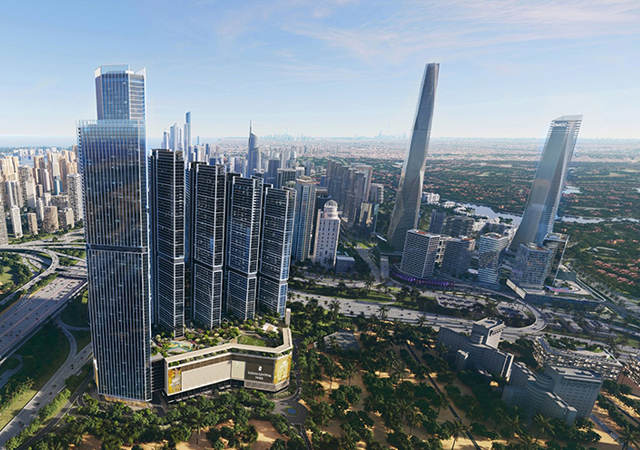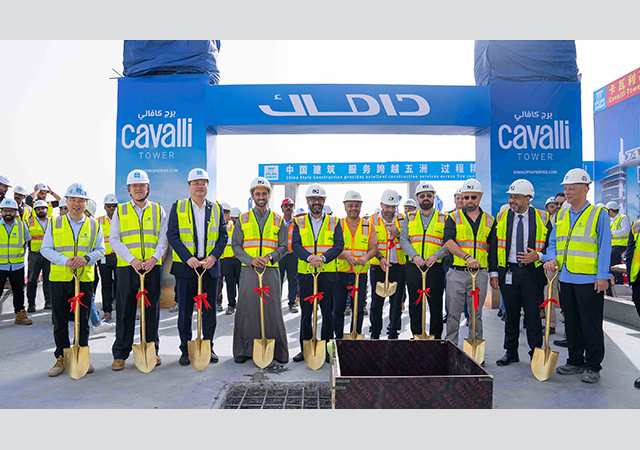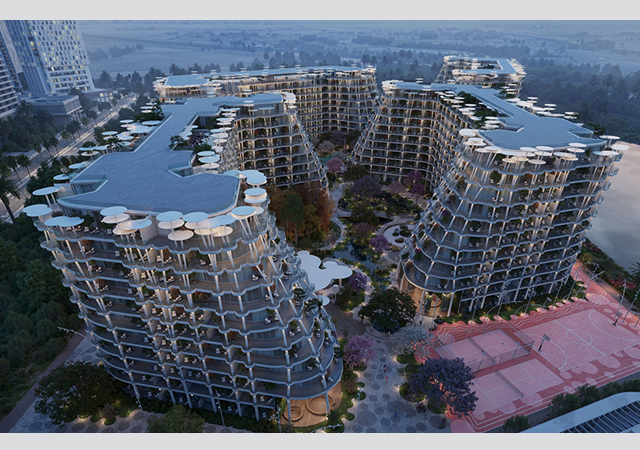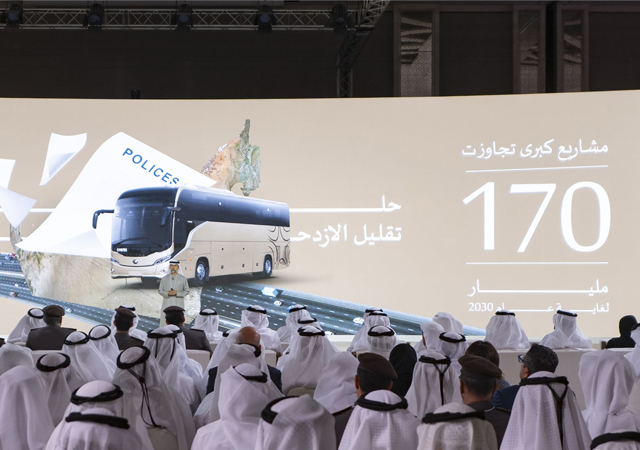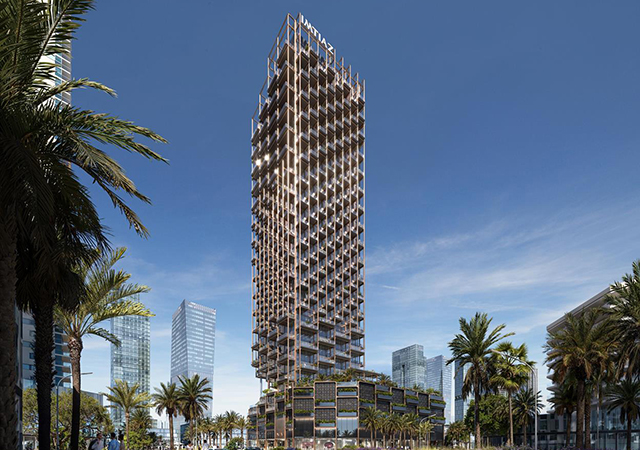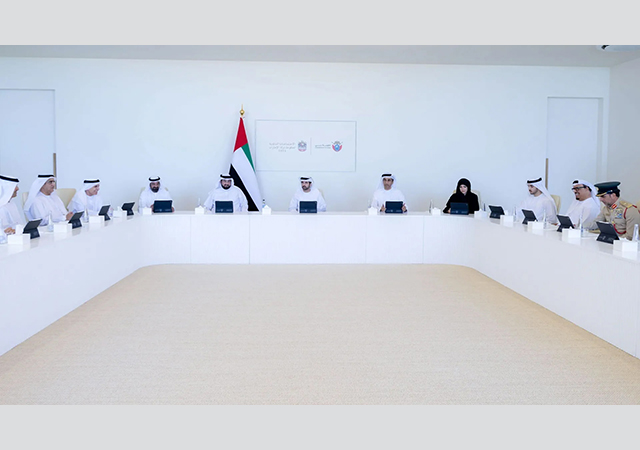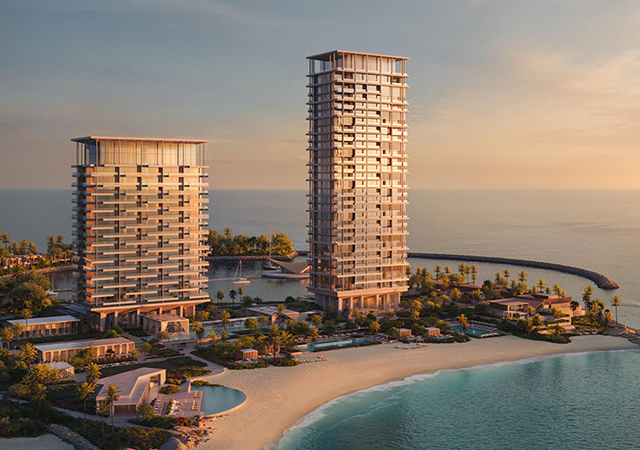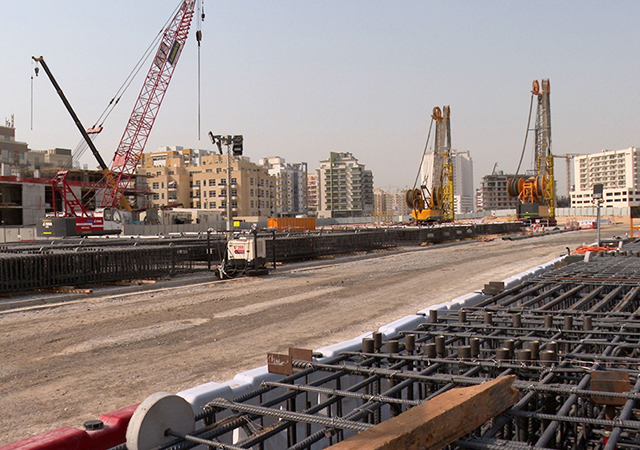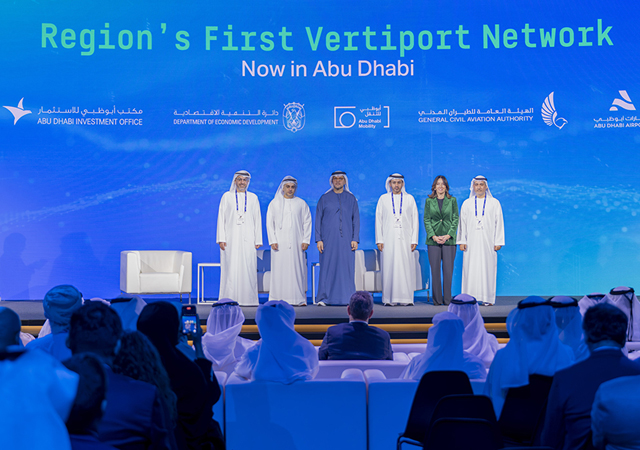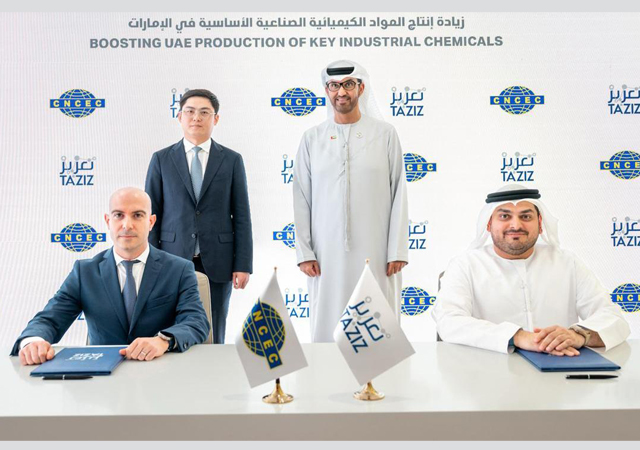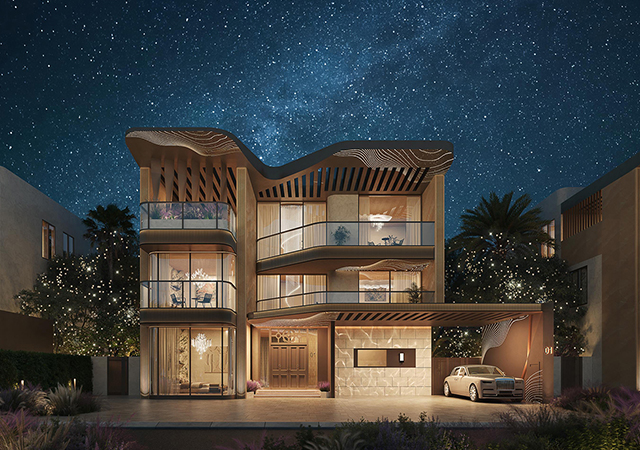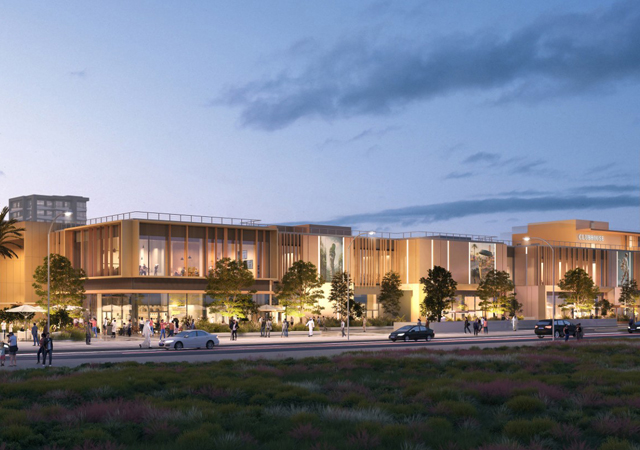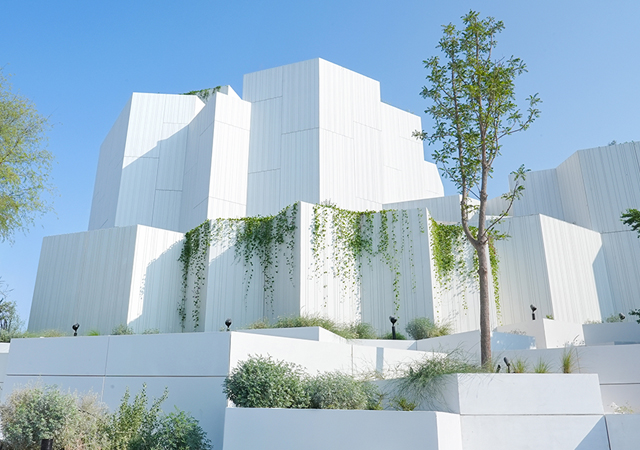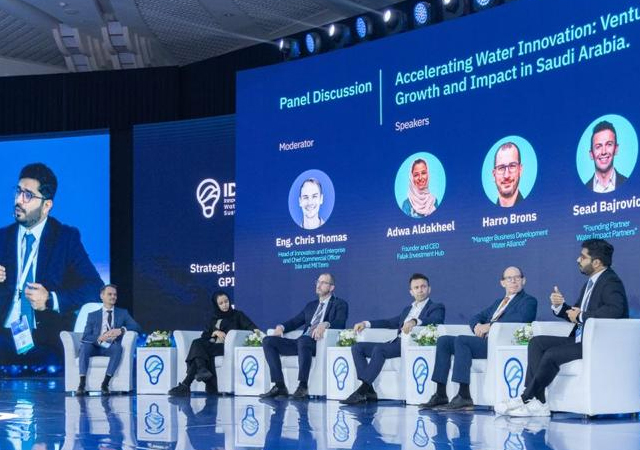
 Williamson … keynote speaker addressing a hot topic.
Williamson … keynote speaker addressing a hot topic.
UK-based Liquid Plastics, a renowned manufacturer of cold applied coatings and membranes for roofs, walls and hygiene control, in conjunction with the UK Institute of Fire Safety Managers, will be hosting the ‘Don’t Get Your Fingers Burnt’ event during the Big 5 show.
The event will be an exclusive opportunity for construction industry professionals to learn more about fire risks, according to a spokesperson from Liquid Plastics. It will demonstrate to architects, contractors, and specifiers that there are alternative options to high-risk roof waterproofing methods such as hot bitumen and torch-applied felts, he adds.
It’s vital to include fire safe processes at the early design stage of buildings, says the spokesperson.
“All buildings in the UAE must adhere to The Fire Protection Federal Law for 1991, with other international standards – such as those from the NFPA (National Fire Protection Association) – also being recognised,” he points out. “In order to conform, fire safety and protection measures should be considered at the design stage, where it is the responsibility of architects and developers to consider what safety measures to put in place and which fire-resistant building materials to use. In addition, it is important to give thought to the application methods of the chosen building materials, including the roof waterproofing systems. The aim of the ‘Don’t Get Your Fingers Burnt’ event is to highlight the importance of including fire safe processes at the very early stages of design, and ensuring that only certified products are used during the construction process.”
The event comes at a time when an increasing need is being felt for fire safety issues in the region, he continues. “With the recent fire and resulting tragedies during the construction of the Fortune Tower in the Jumeirah Lake Towers area of Dubai, and previously the Khalid Al Attar Tower 2 on Sheikh Zayed Road, fire safety has once again become a hot topic – especially to explore ways so that construction industry professionals avoid getting their fingers burnt when planning the construction process. Given the loss of human life and suffering, besides the loss to property, it is unacceptable and every possible step should be taken to ensure new buildings are constructed using the safest and most modern methods available.”
John Williamson, chairman of the UK’s Institute of Fire Safety Managers, will be a keynote speaker at the event. Williamson has established an enviable reputation amongst fire fighting professionals in the UK, working his way through the ranks of the British Fire and Rescue Service to become assistant chief fire officer. He served both England and Scotland during his 37 years with the Service, and attended many major accident sites in the UK including the Chinook helicopter crash and the Piper Alpha disaster, as well as visiting the site of the Twin Towers terrorist attack in New York City.
Williamson now works as a specialist fire consultant and his expertise is often sought by the courts of England, Scotland and Ireland, as well as for lectures both home and abroad.
“Many professionals who work at the specification stage are not fully aware that traditional methods of applying roofing systems often require temperatures in excess of +500 deg C to +800 deg C using gas torches, and hot air or hot gas guns,” comments Williamson. “These methods have been used for many years, resulting in countless roof fires, and occasionally causing severe damage and even the loss of entire buildings.”
Liquid Plastics, a manufacturer of quality seamless protection systems, introduced its flame-free, heat-free roof waterproofing in the UK several decades ago. Since then, its product – Decothane – has evolved into the top-of-the-range waterproof roof membrane seen today on buildings such as Sharjah International Airport, a palace in Ethiopia at Bahir Dar, and is currently in use on the roof of one of the world’s largest prestigious car showrooms in Abu Dhabi, according to the company.
Decothane is a moisture-triggered, polyurethane system that is cold applied in liquid form, thus eliminating the need for any heat or flame during application, according to the spokesperson. “This makes Decothane completely safe to apply and avoids any risk of fire, in contrast to the numerous risks associated with using hot works during a roof application. Furthermore, there is no need to transport heavy machinery up many storeys to the roof area as Decothane can be simply applied straight from the tin.”
“Its liquid application also means that Decothane can easily encapsulate detail work and upstands within its seamless, elastomeric membrane without the risk of joints and other weak points that can lead to earlier failure of the waterproofing system. It is also this elasticity that allows Decothane to tolerate structural movement without cracking. All work can be carried out with minimal disruption and without causing any danger to other contractors working on the building,” he adds.
When applied in solar reflective white, Decothane will reflect damaging ultraviolet (UV) rays from the sun and emit the majority of heat that is usually absorbed. This results in a lower surface temperature on the roof and in turn decreases the amount of heat that is transferred into the building below, according to the company.
“Ultimately, building owners can achieve cost savings through the reduction of energy use that is typically associated with cooling a higher temperature building. As a result, Decothane has earned the Energy Star accreditation from the US Environmental Protection Agency (EPA), and can contribute to the Emirates Green Building Council’s (EGBC) Leed (Leadership in Energy and Environmental Design) points, which help to recognise a building as being environmentally friendly,” says the spokesperson.



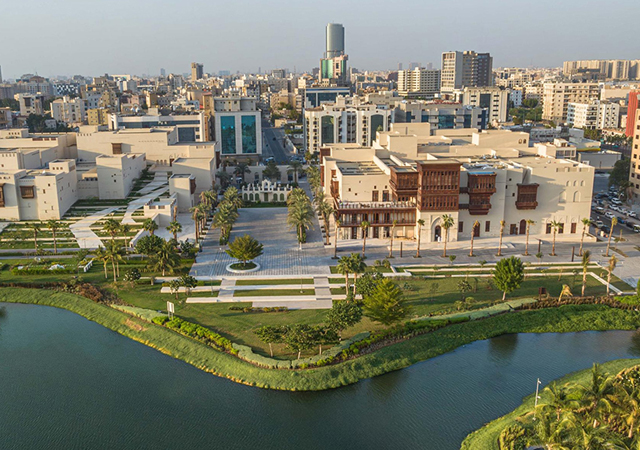
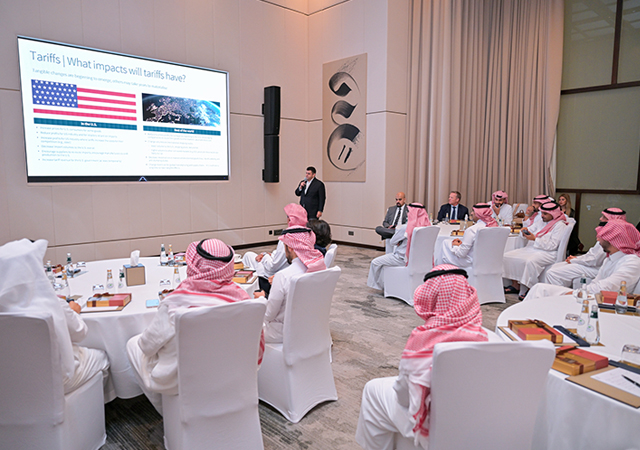
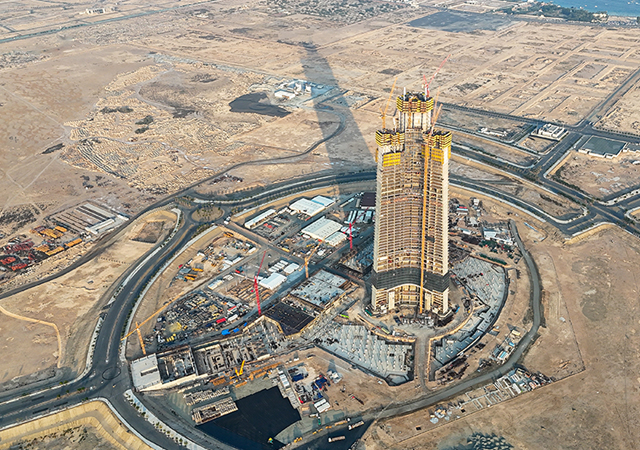
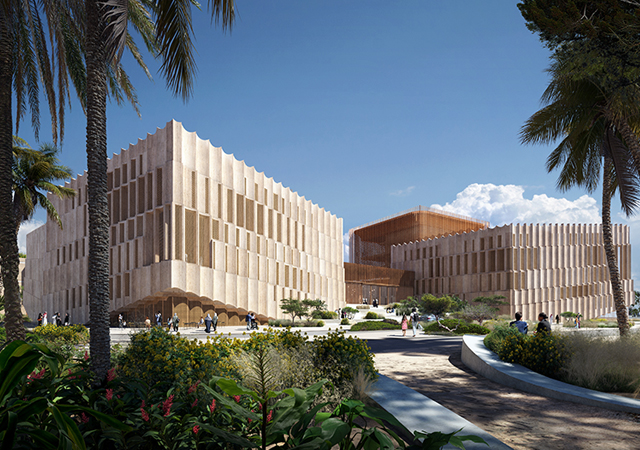
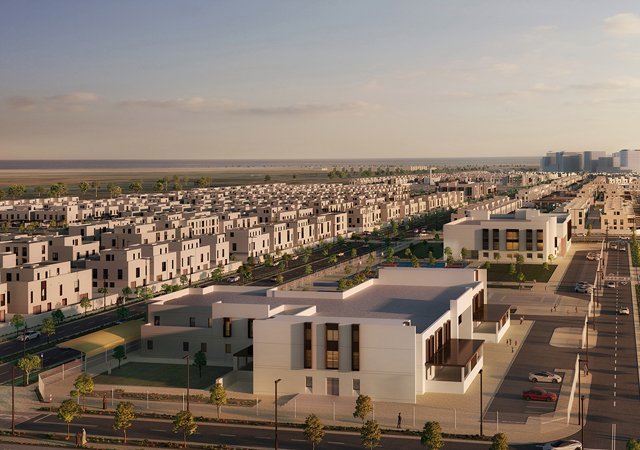
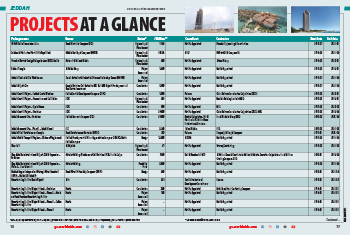
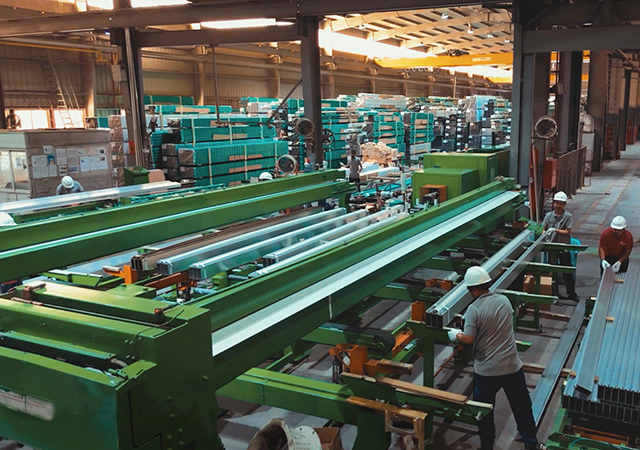

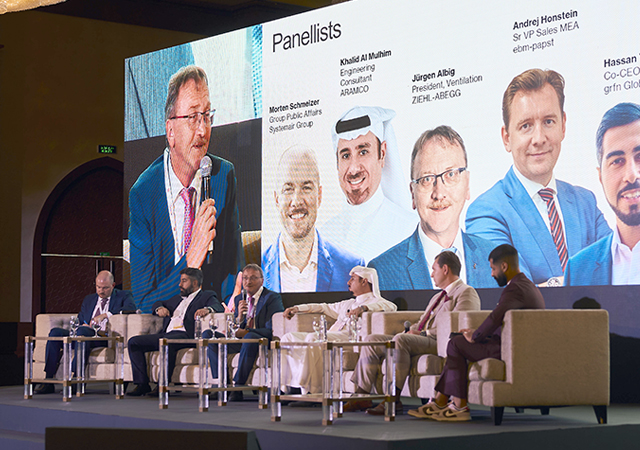
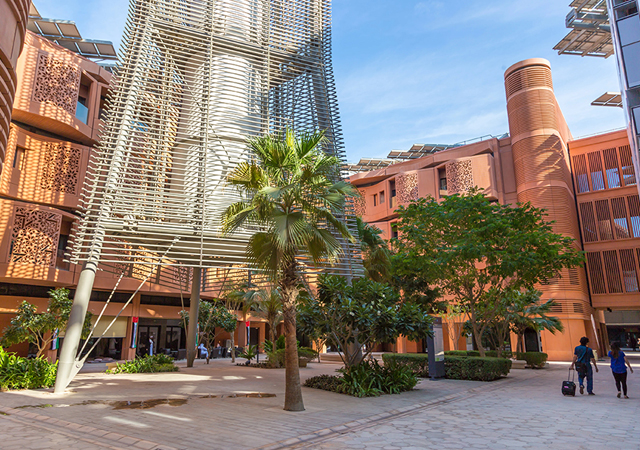
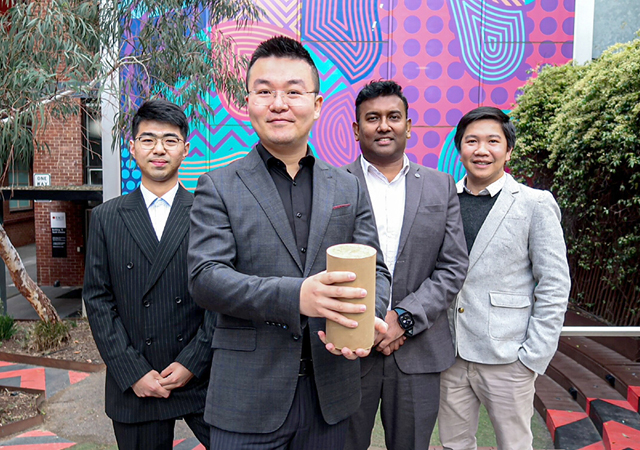
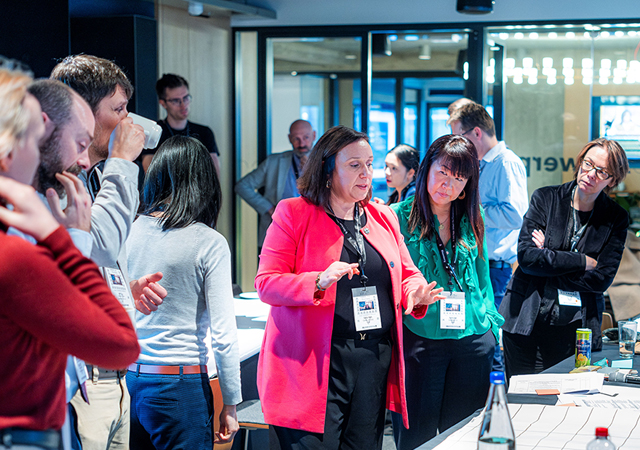
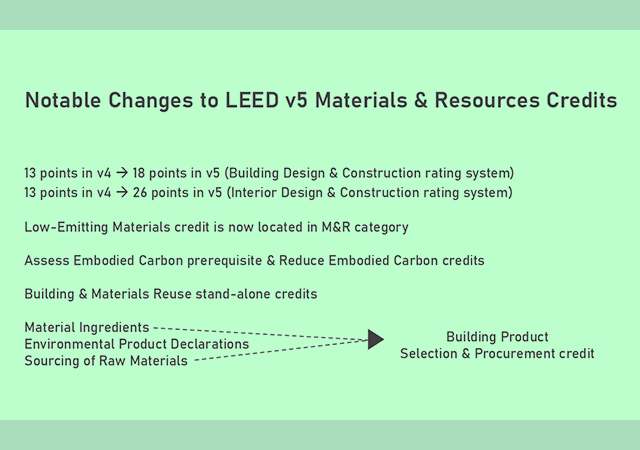
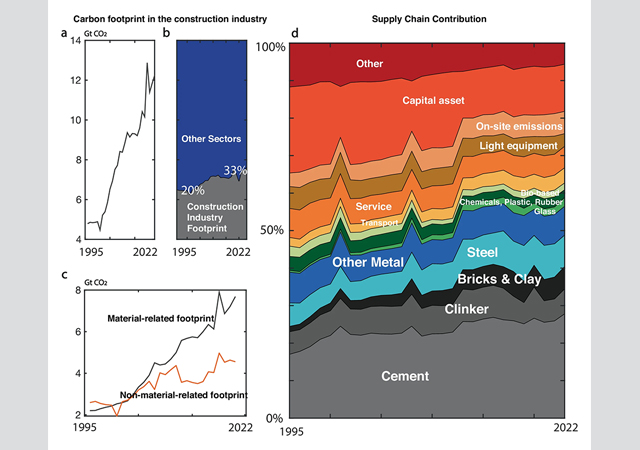
.jpg)
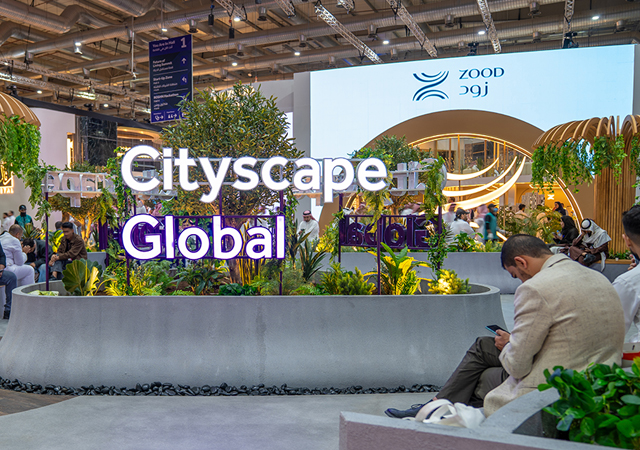
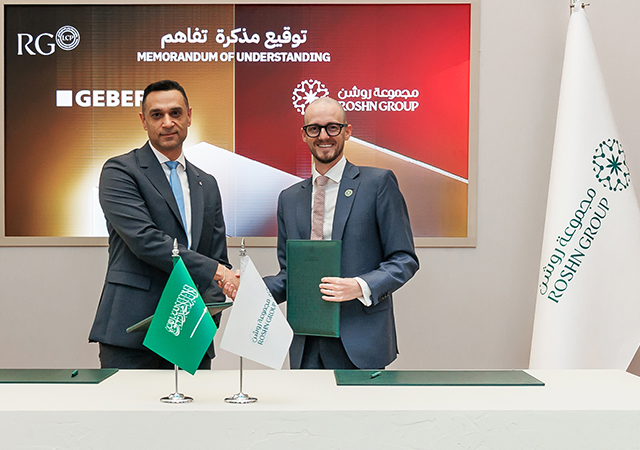
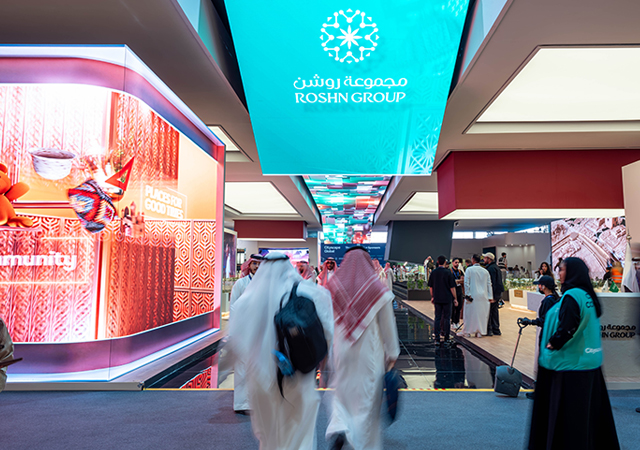
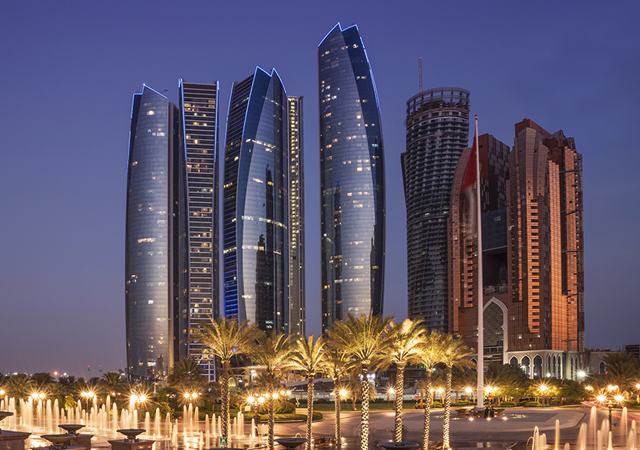
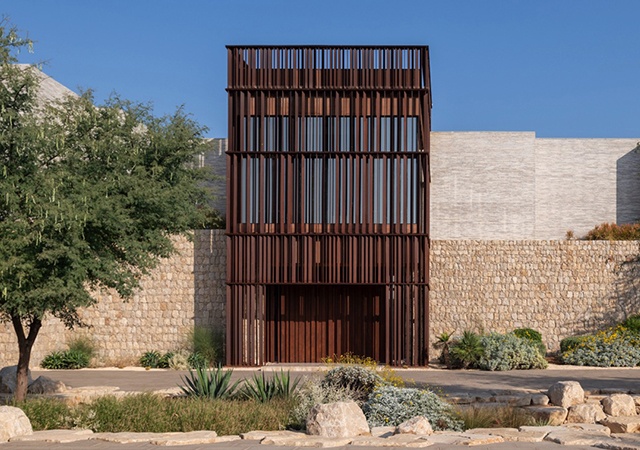
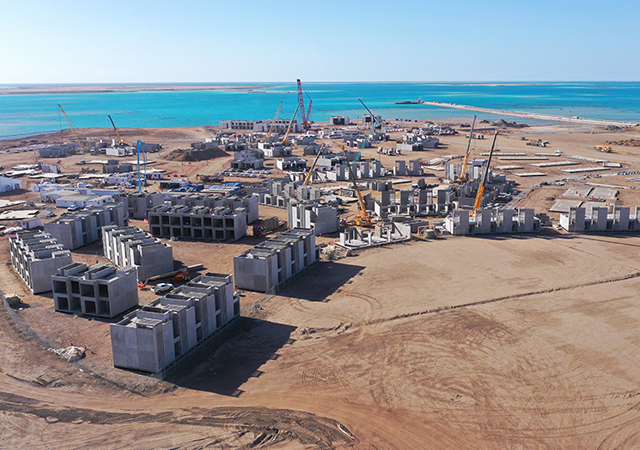
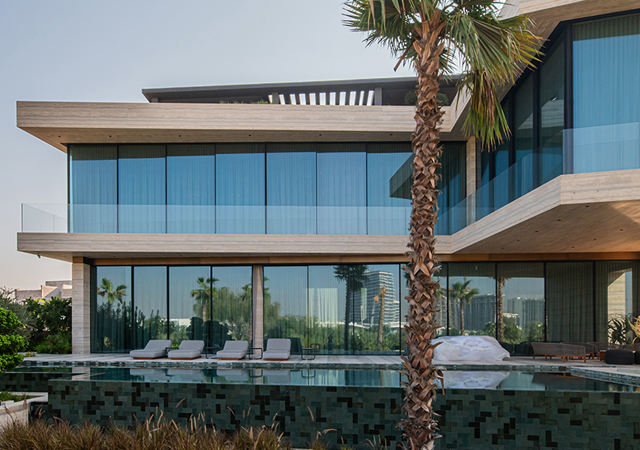
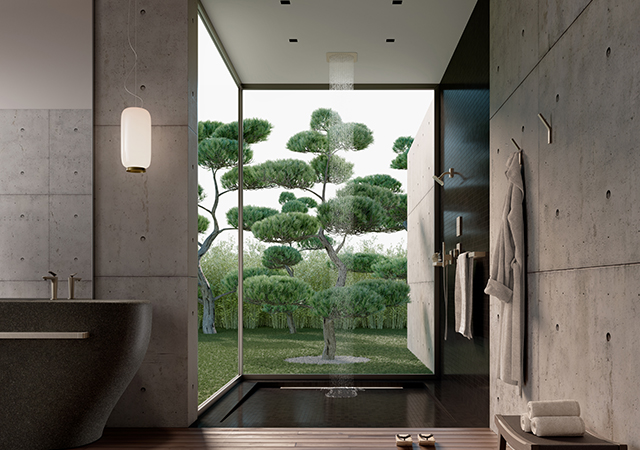
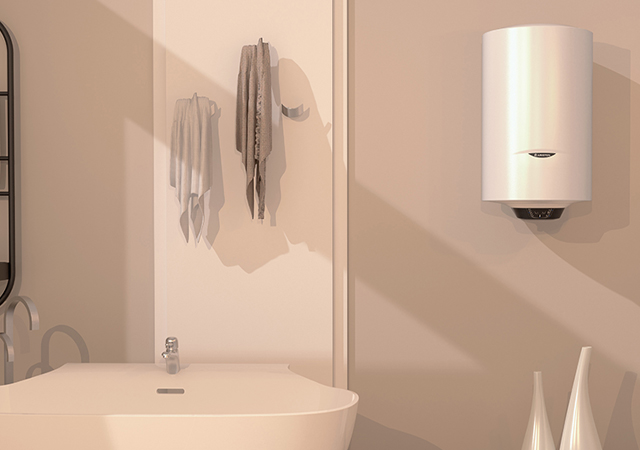
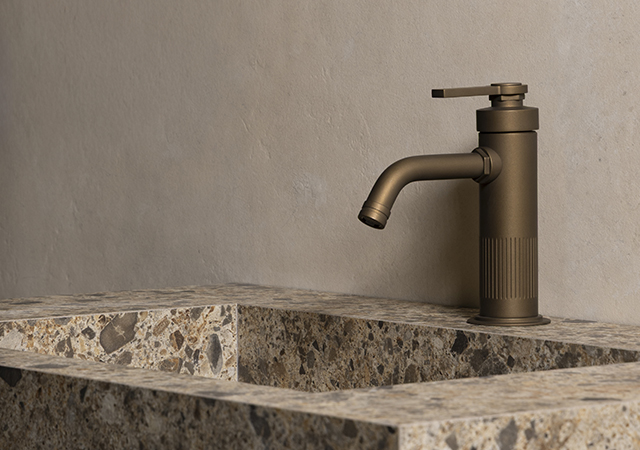

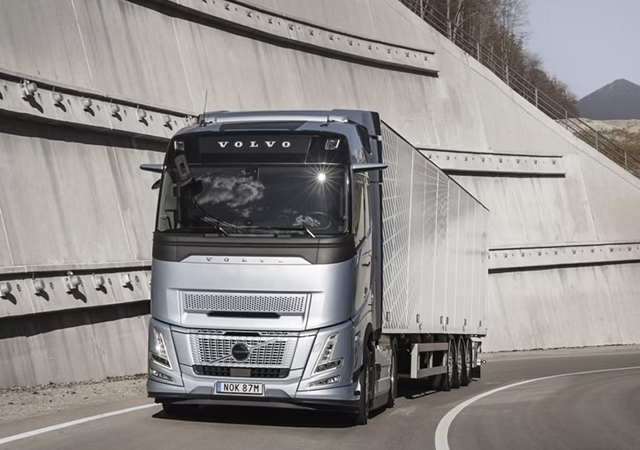
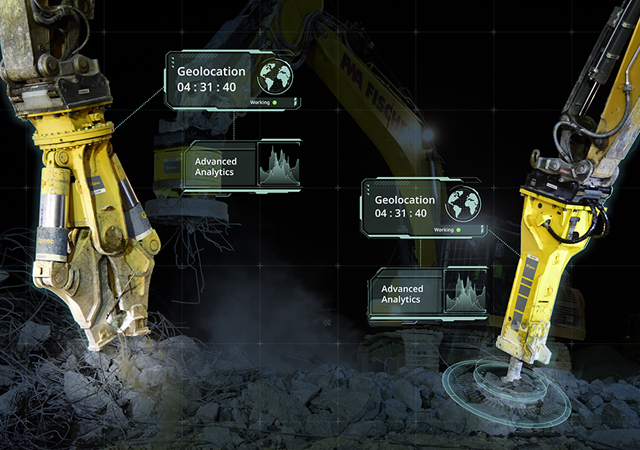
 (1).jpg)

